About products and suppliers
Alibaba.com şaşırtıcı yüksek kaliteli, üstün performanslı ve verimli ürün yelpazesine sahiptir. Çeşitli kullanımlar ve uygulamalar için hareket için sensör ışıkları ev. Bu kategori altında sunulan ürünler sağlam kalite ve bu tür kesintiler olmaksızın uzun süre tutarlı performans sunar. Bunlar. hareket için sensör ışıkları ev, maksimum dayanıklılık sunan ve her tür araç modeliyle uygulanabilir veya uyumlu olan optimum kalitede malzemelerden yapılmıştır. Bunlar. hareket için sensör ışıkları ev ayrıca, bu ürünlerin kesinliğini ve güvenilirliğini sağlayan en gelişmiş teknolojiler kullanılarak yapılmıştır. Bunları, sitedeki rekabetçi fiyatlar ve fırsatlar için sunan önde gelen tedarikçilerden ve toptancılardan satın alın.
Geniş aralıklar. Sitede bulunan hareket için sensör ışıkları ev, ürünlerin dayanıklılığını artıran metaller, dökme demir, FRP, ABS plastikler ve daha pek çok malzemeden yapılmıştır. Bunlar. hareket için sensör ışıkları ev, yağ akışından başlayarak motorun bakımına kadar birçok uygulama için kullanılır. Ürünler çevre dostudur ve çevreye veya aracınıza zarar verebilecek hiçbir şey içermez. Bunlar. hareket için sensör ışıkları ev ayrıca sıcaklığa dayanıklıdır ve üstün güvenilirlikle daha yüksek bir sıcaklığa dayanabilir.
Alibaba.com çok çeşitli ürünleri kullanımınıza sunar. Gereksinimlere göre farklı boyutlarda, şekillerde, renklerde ve uygulamalarda sunulan hareket için sensör ışıkları ev. Bunlar verimli. hareket için sensör ışıkları ev; basınç sensörleri, oksijen sensörü, yağ seviyesi sensörü, emme hava basıncı sensörü ve çok daha fazlası gibi birden çok kategoride mevcuttur. Bunlar. hareket için sensör ışıkları ev durum açısından yepyeni ve farklı kapasitelere sahip tüm araçlara sığabilir.
Çoklu olanlara göz atın. hareket için sensör ışıkları ev Alibaba.com'da değişir ve paradan tasarruf etmek için fırsatlardan yararlanın. Bu ürünler ISO, CE, ROHS sertifikalıdır ve tamamen özelleştirilebilir. OEM siparişleri olarak da erişilebilirler.





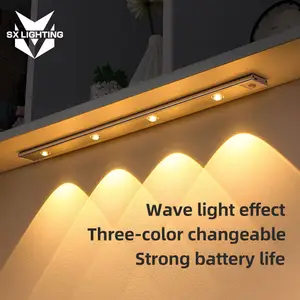

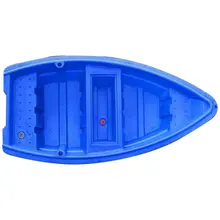
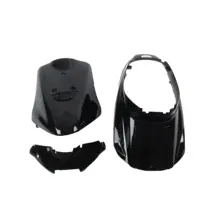
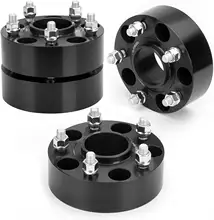
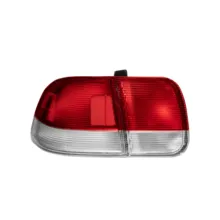
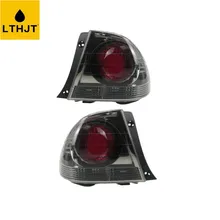
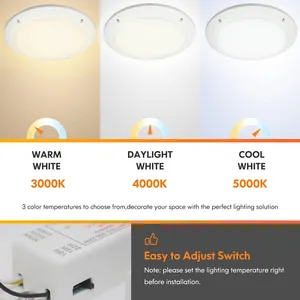

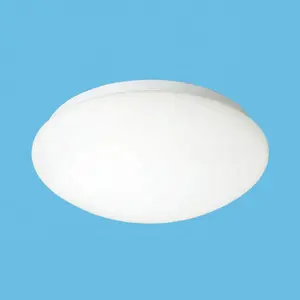

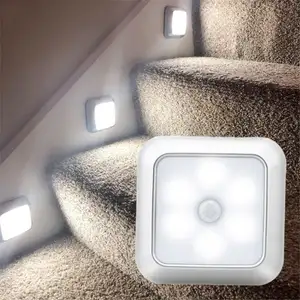










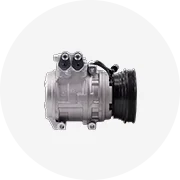

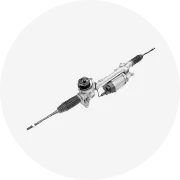

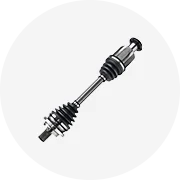
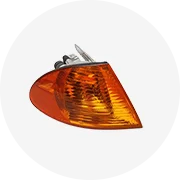








 浙公网安备 33010002000092号
浙公网安备 33010002000092号 浙B2-20120091-4
浙B2-20120091-4